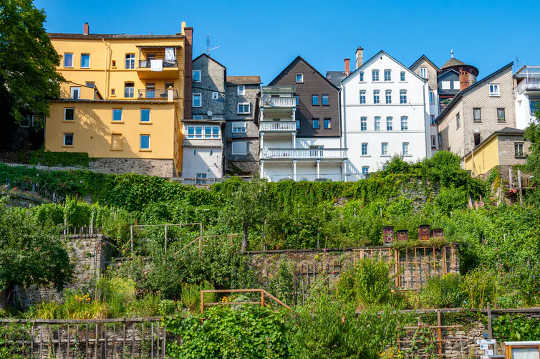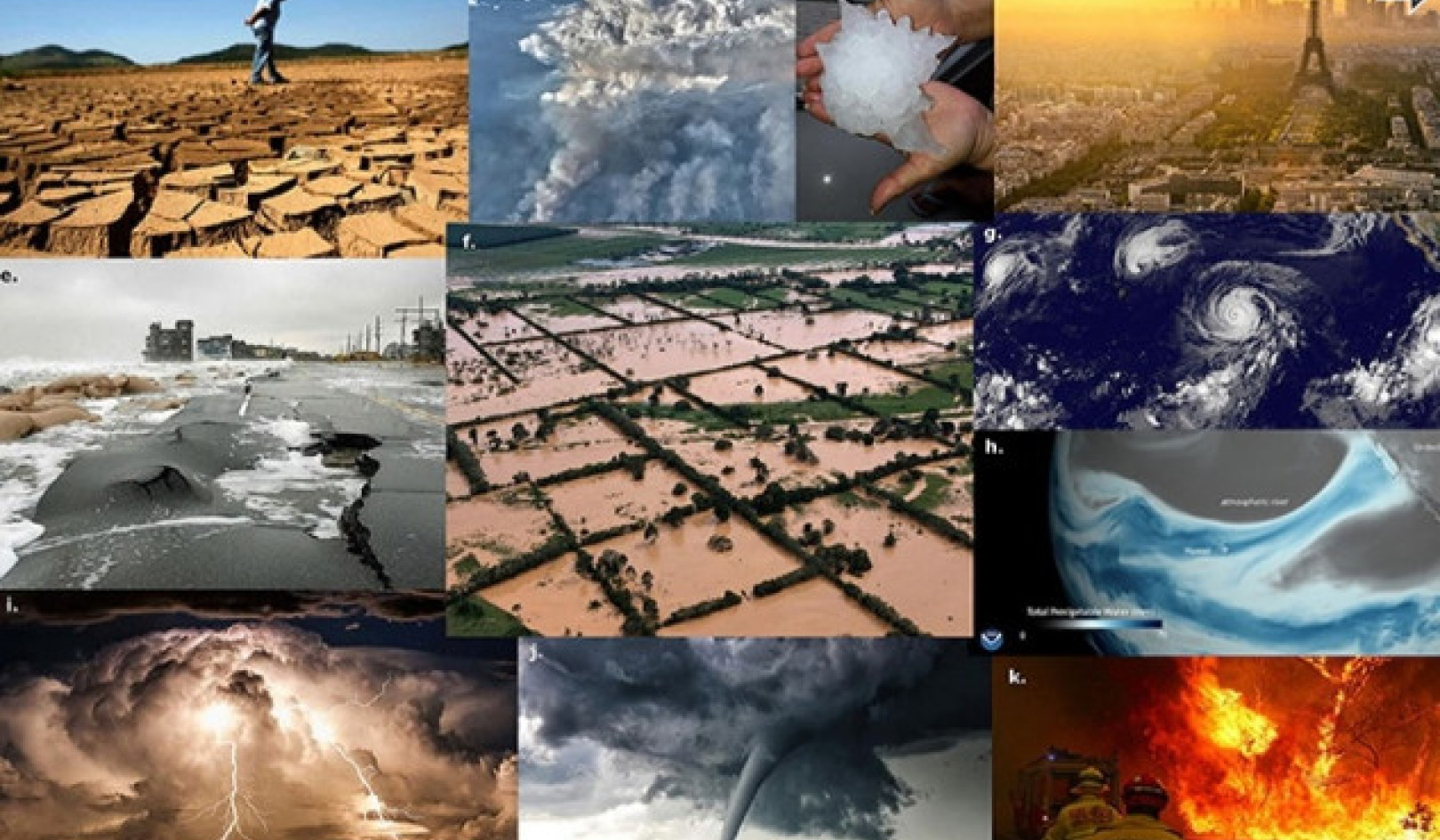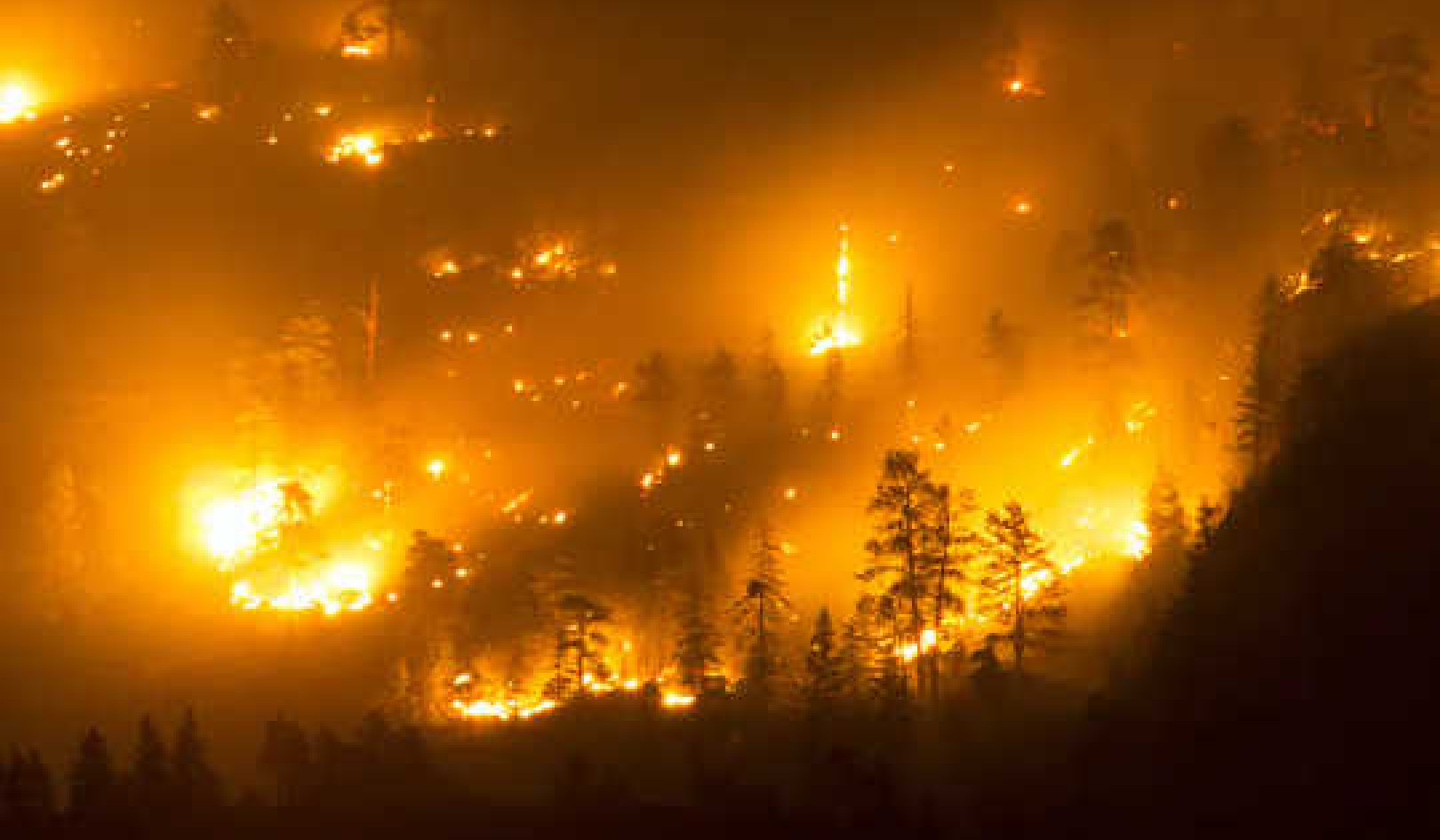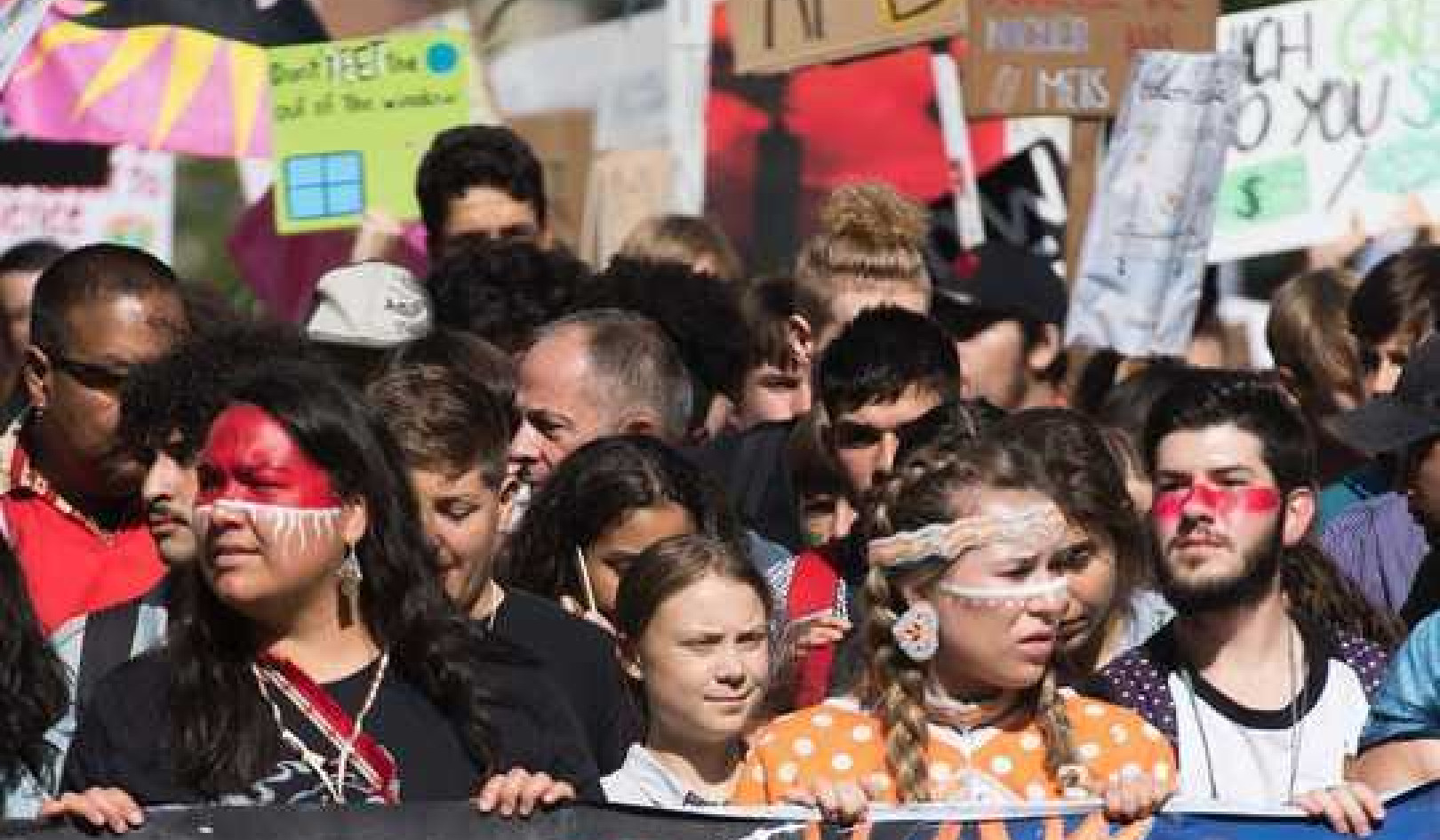Half of the world’s people already live in urban areas, and that number will only grow in the future. Is this bad news for biodiversity? Not necessarily. Towns and cities can be home to a surprising amount of wildlife – if they’re managed appropriately.
Pollinating insects help provide many of the delicious foods that city dwellers take for granted, but in Britain alone, a third of wild bee and hoverfly species are in decline. While most people want to “save the bees”, few realise that these vital pollinators can thrive in the concrete sprawl outside their window. Studies have found that in some urban areas, there are more bee species than in nearby countryside. So what’s the secret to having a city buzzing with insect life?
In a new study, researchers have unveiled a “Plan Bee” for boosting biodiversity in the midst of city life.
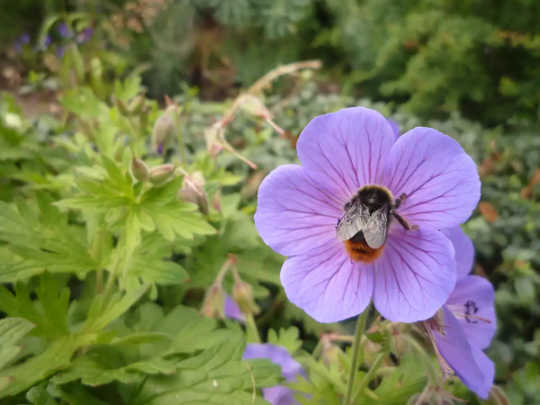 Bumblebees can take to city life if urban green spaces are properly managed. Katherine Baldock, Author provided
Bumblebees can take to city life if urban green spaces are properly managed. Katherine Baldock, Author provided
Creating a buzz
The researchers created identical flower beds in parks and other public green spaces in the German city of Aachen, and replicated these in a nearby rural area. They watched for the bees, bumblebees, wasps and other insects that arrived and compared their diversity between the two.
These beds included a combination of flowers that were likely to attract a diverse range of species, from black-eyed Susan, a flower that appeals to a wide variety of pollinators, to snapdragons which are favoured by bumblebees. Insects which live in colonies, like honeybees and bumblebees, were recorded less often in the flower beds than expected. These species often forage over several kilometres, but they will only do so if there is lots of nectar and pollen to make it worth the effort.
So what does this tell us about what makes a good urban site for pollinators? In Aachen, most of the urban flower beds attracted fewer insects than those placed in rural areas. The exception to this was the community gardens – what we’d call allotments in the UK. These places often had comparable numbers of pollinator visitors to the rural site.
This tells a similar story to another study which looked at the UK and found that allotment gardens can be hotspots for pollinators – veritable oases within towns and cities.
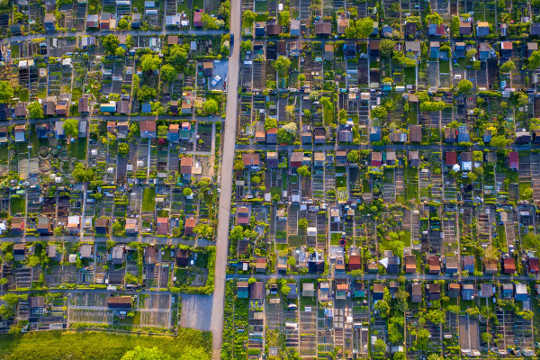 Allotments offer vital pollinator habitats that can be woven into the heart of urban life. Patrick Federi/Unsplash, CC BY
Allotments offer vital pollinator habitats that can be woven into the heart of urban life. Patrick Federi/Unsplash, CC BY
Why are food growing community gardens such valuable habitats for urban biodiversity? An obvious answer is that the wide variety of fruiting plants and herbs commonly found in these allotments provides an abundance of food for pollinators.
But the authors of the Aachen study suggest something else about these sites may be equally important. That is, the “near-natural” patches that can be found in corners of community gardens where native plants creep in and only low-key management – without pesticides or herbicides, and mowing only twice a year – is used. These are important for nesting sites and for providing food plants for insect larvae to eat.
More research is needed to understand how urban habitats can benefit pollinators throughout their entire lifecycles. But we know that taking care of urban pollinators means more than just providing flowers. It means leaving space for native plants to flourish, providing food for insect larvae and a diverse range of nesting and breeding habitat.
Making room for nature
 A roadside wildflower strip in Newcastle-Upon-Tyne, UK. Rinke Vinkenoog, Author provided
A roadside wildflower strip in Newcastle-Upon-Tyne, UK. Rinke Vinkenoog, Author provided
Urban areas cover 8% of the UK’s land area, and they’re expanding, placing increasing pressure on urban green spaces. We need to ensure that important habitats for wildlife aren’t squeezed out with it, particularly in the post-pandemic rush to stimulate the economy.
Managing green spaces for the benefit of wildlife in towns and cities won’t be enough to arrest declines for all insects, but the small changes we can make on balconies, in yards and gardens, and in allotments, cemeteries and parks can make a meaningful difference. People should consider planting flowers with a range of shapes and colours, and ensure that flowers are available to provide nectar and pollen from spring through to autumn.
Urban land managers should mow parks, road verges and other grassland less frequently to give wildflowers a chance to bloom. Creating urban flower meadows can also provide important food and habitat for pollinators. Not only will these changes enhance pollination of plants in flower beds and vegetable patches, but there is increasing evidence that sharing our green spaces with pollinators like butterflies can improve our psychological wellbeing.
The COVID-19 lockdown has emphasised the value of our local green spaces, especially for those who can’t access a private garden. We should ponder whether a return to intensively mowing them is really necessary, particularly if we want to maximise what bees, and other pollinating insects, need from us in our towns and cities.![]()
About The Author
Rinke Vinkenoog, Senior Lecturer in Biology, Northumbria University, Newcastle; Katherine Baldock, Senior Lecturer in Ecology, Northumbria University, Northumbria University, Newcastle; Mark Goddard, Research Fellow in Urban Ecology, Northumbria University, Newcastle, and Matthew Pound, Senior lecturer in Physical Geography, Northumbria University, Newcastle
This article is republished from The Conversation under a Creative Commons license. Read the original article.
Books on The Environment from Amazon's Best Sellers list
"Silent Spring"
by Rachel Carson
This classic book is a landmark in the history of environmentalism, drawing attention to the harmful effects of pesticides and their impact on the natural world. Carson's work helped to inspire the modern environmental movement and remains relevant today, as we continue to grapple with the challenges of environmental health.
Click for more info or to order
"The Uninhabitable Earth: Life After Warming"
by David Wallace-Wells
In this book, David Wallace-Wells offers a stark warning about the devastating effects of climate change and the urgent need to address this global crisis. The book draws on scientific research and real-world examples to provide a sobering look at the future we face if we fail to take action.
Click for more info or to order
"The Hidden Life of Trees: What They Feel, How They Communicate?Discoveries from A Secret World"
by Peter Wohlleben
In this book, Peter Wohlleben explores the fascinating world of trees and their role in the ecosystem. The book draws on scientific research and Wohlleben's own experiences as a forester to offer insights into the complex ways that trees interact with one another and the natural world.
Click for more info or to order
"Our House Is on Fire: Scenes of a Family and a Planet in Crisis"
by Greta Thunberg, Svante Thunberg, and Malena Ernman
In this book, climate activist Greta Thunberg and her family offer a personal account of their journey to raise awareness about the urgent need to address climate change. The book provides a powerful and moving account of the challenges we face and the need for action.
Click for more info or to order
"The Sixth Extinction: An Unnatural History"
by Elizabeth Kolbert
In this book, Elizabeth Kolbert explores the ongoing mass extinction of species caused by human activity, drawing on scientific research and real-world examples to provide a sobering look at the impact of human activity on the natural world. The book offers a compelling call to action to protect the diversity of life on Earth.


